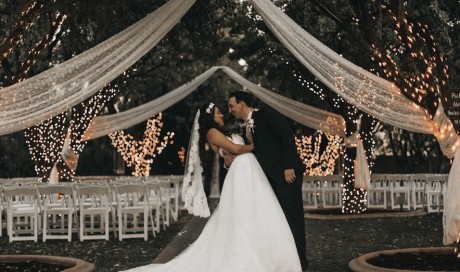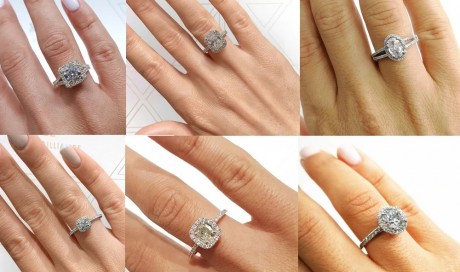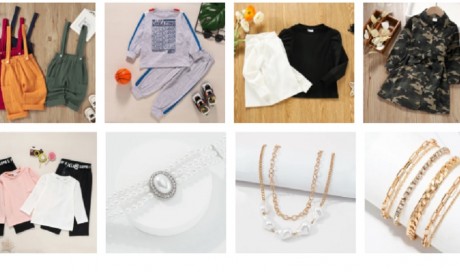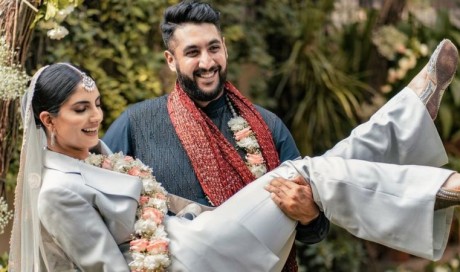The actress-director suggests her new film, set against the backdrop of Cambodian genocide, affected her view of her family and relationship with Brad Pitt.
Angelina Jolie was sitting barefoot on the porch of her luscious new home, explaining why she wants to save the world, when duty called. Her youngest son, Knox, 9, poked his little blond head around the screen door.
“Shiloh needs you,” the boy said quietly, referring to his middle sister, who is 11.
“Shi?” Ms. Jolie called, before disappearing with a whoosh of her black caftan. Ten minutes later, she was back. Shiloh’s beloved bearded dragon, Vlad, had fallen ill and was now, to Shiloh’s distress, convalescing at the vet’s. “That will be the rest of my day,” Ms. Jolie said, settling into a cushioned patio chair, “learning all about the health issues of the bearded dragon.”
Ms. Jolie went on to lament the imbalance of a world where Californian pets get cushy care while millions of people the world over lack access to proper medical treatment. It went unmentioned that she was saying this from her $25 million two-acre hilltop estate, in a gated pocket of the Los Feliz neighborhood, a home she bought for herself and her six children in the spring, following her split from Brad Pitt.
Perhaps more than any other celebrity, Ms. Jolie, 42, has kept herself firmly planted in two vastly different worlds. She’s both the glamorous A-lister whose every move is tracked in headlines (“Angie and the kids left Target because it didn’t serve hot dogs,” read one recent newsflash), and the humanitarian do-gooder who has made more than 60 trips to the field as part of her United Nations work. Apparent contradictions account for her elusive allure. Ms. Jolie has been enduringly hard to peg, a woman who cannot easily be lumped into a single category because she occupies many at once.
She is a peerless glamazon as well as the women’s health advocate who told the world about her preventative double mastectomy. She has a meticulously managed public profile yet professes not to care what others think. She remains near the pinnacle of celebrity’s cruel pyramid, even though her recent movies only made money when she was camouflaged (“Maleficent,” “Kung Fu Panda”). She is obsessed over — if, in the United States at least, not exactly beloved — and fixed in the cultural firmament as America’s vixen despite having a half-dozen strong brood.
And even though the public appetite for salacious details of her personal life has long eclipsed interest in the films she has directed, Ms. Jolie doggedly brings tough, obscure stories to the screen. Three of the four movies she has made are set in wartime, including her latest, “First They Killed My Father,” based on the true story of Loung Ung, who as a young girl survived the Cambodian genocide and is now one of Ms. Jolie’s close friends.
While Ms. Jolie’s earlier movies garnered tepid reviews, several critics have anointed “First They Killed My Father” her best yet. It is told entirely from the little girl’s point of view, in Khmer, and received a standing ovation at the Telluride Film Festival, where it had its premiere. Netflix was to begin streaming it on Sept. 15, when it will also open in a small number of theaters.

Ms. Jolie said she could not have made the movie had she not first directed “In the Land of Blood and Honey” (2011) about the Bosnian war, and “Unbroken” (2014), based on the true story of an American G.I. taken prisoner in World War II. (She and Mr. Pitt starred together as a married couple locked in a different kind of conflict in her 2015 drama, “By the Sea”).
“It wasn’t a conscious plan of, I was going to make war films, it’s just what I was drawn to,” she said.
Ms. Jolie has an indelible connection to Cambodia, not least because it completely reordered her life. Before first visiting in 2000 to shoot “Lara Croft: Tomb Raider,” she had been a Hollywood wild child, a ravishing Goth weirdo who, at the Oscars that year dressed like Elvira, Mistress of the Dark, and locked lips with her brother. She also got publicly hot and heavy with her second husband, Billy Bob Thornton, and wore a locket with droplets of his blood around her neck.
The grace and humility she saw in the Cambodian people, along with the lasting effects of the genocide, threw Hollywood life into unflattering relief.
“Once you get exposed to what’s really happening in the world, and other people’s realities, you just can’t ever not know, and you can’t ever wake up and pretend it’s not happening,” she said, “Your entire life shifts.”
She adopted Maddox, now 16, from an orphanage, divorced Mr. Thornton, and threw herself into humanitarian and environmental work, finding lasting inspiration in wartime survivors and aid workers.
...[ Continue to next page ]
Share This Post















